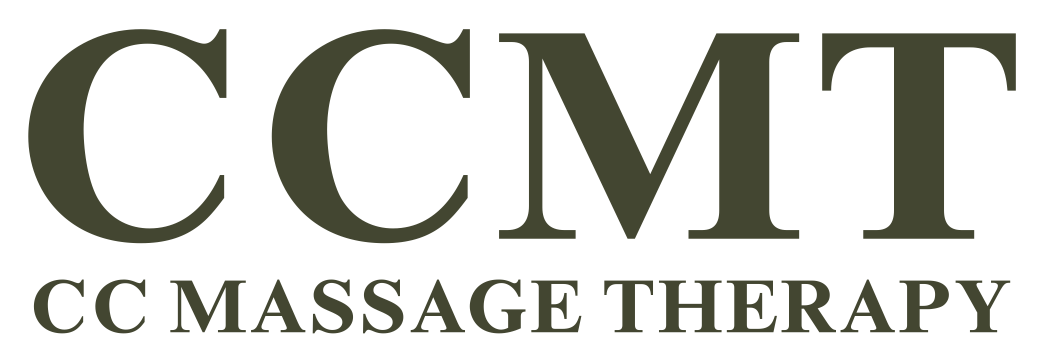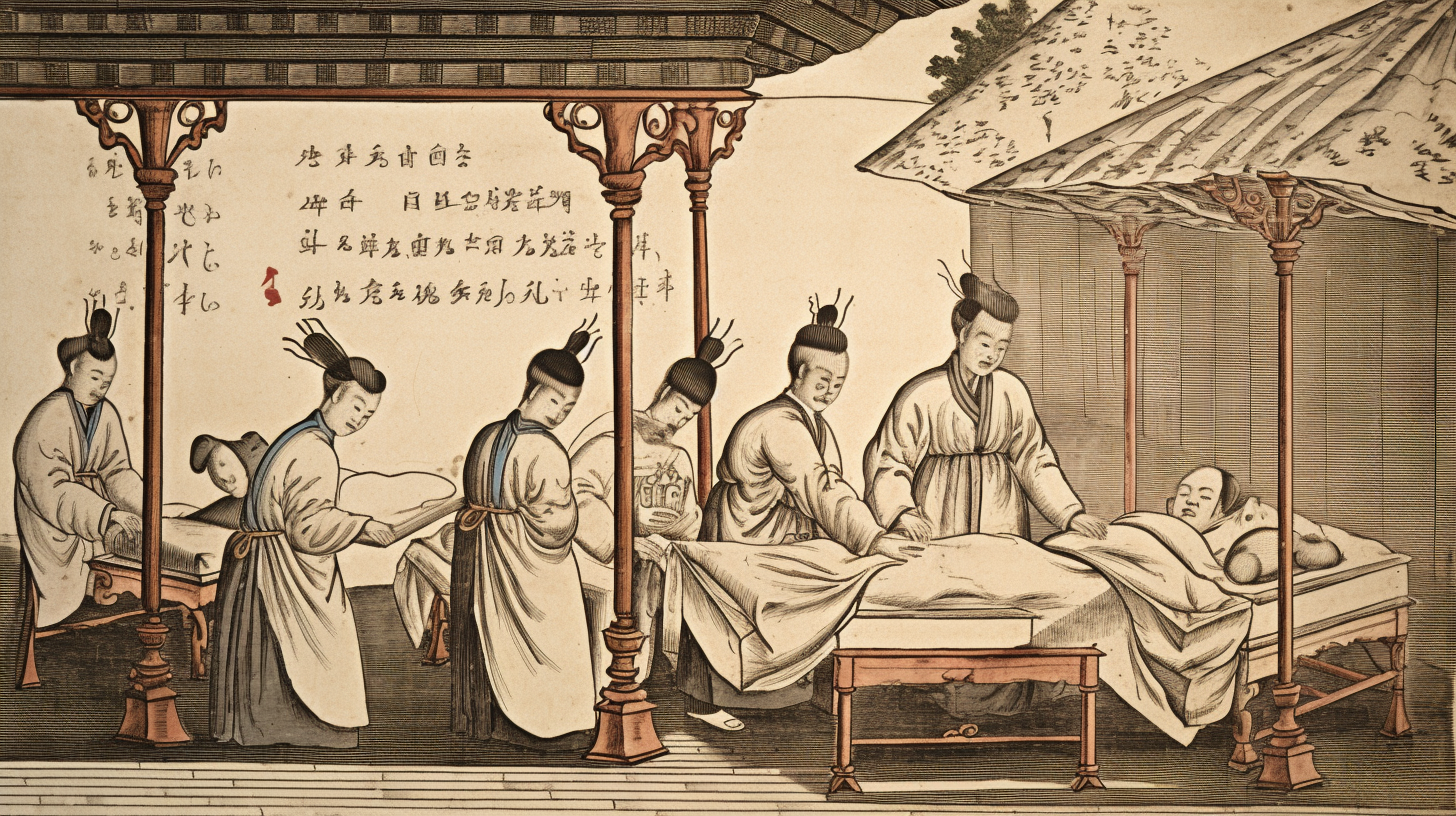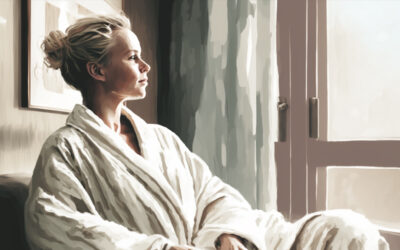Massage therapy has played an essential role in human health and wellness for thousands of years. From ancient civilizations to modern practices, the art of massage has evolved and diversified, resulting in the variety of techniques we enjoy today. As we explore the fascinating history of massage, we will discover how different cultures have contributed to the development of this therapeutic art and how understanding its history can enrich our appreciation for this healing practice. So, let’s embark on a journey through time and delve into the fascinating world of massage therapy.
Table of Contents
Massage Therapy Historical Timeline
3000 BCE
2500 BCE
Papyrus rendering of the bas-relief carving found in the Tomb of the Physician, Ankhmahor in Saqqara
2000 BCE
Chinese texts document massage techniques
1000 BCE
Ayurvedic medicine in India includes massage as a key component
460 BCE
Hippocrates writes about the benefits of massage
581-618 CE
Chinese physician Bian Que uses massage to treat patients
1813
Per Henrik Ling develops Swedish massage
1868
Johann Georg Mezger, a Swedish man, discovers a new massage practice
1889
The Society of Trained Masseuses is founded in London
Ancient Origins of Massage Techniques
The earliest recorded evidence of massage therapy can be traced back to various ancient civilizations. The Egyptians, Chinese, and Indians were among the first to develop and practice massage techniques for healing purposes. Let’s take a closer look at these ancient practices and their influence on modern massage techniques
Egyptian Massage Techniques
The ancient Egyptians were known for their advanced knowledge of medicine and holistic healing practices, including massage therapy. Tomb paintings dating back to 2330 BCE depict individuals receiving massages, suggesting that massage was a common practice in ancient Egyptian society. In fact, the Egyptians are credited with developing reflexology, a massage technique that focuses on applying pressure to specific points on the feet and hands to promote healing and overall well-being. This ancient practice has significantly influenced modern reflexology, which continues to be a popular massage modality today.
Chinese Massage Techniques
Traditional Chinese Medicine (TCM) has long incorporated massage techniques as a vital component of its holistic approach to health and wellness. The ancient Chinese text, “The Yellow Emperor’s Classic of Internal Medicine,” written around 2600 BCE, is one of the earliest known sources to discuss massage therapy. Chinese massage techniques, such as Tui Na and acupressure, were developed to balance the body’s energy, or “Qi,” by manipulating specific points along the body’s energy pathways, known as meridians. These techniques have had a lasting impact on modern massage therapy, with many contemporary practitioners incorporating elements of TCM into their practice.
Indian Massage Techniques
The ancient Indian healing system, Ayurveda, has also played a significant role in the development of massage therapy. Dating back over 5,000 years, Ayurvedic massage techniques were designed to restore balance to the body and mind through the manipulation of “doshas,” or energy types. Traditional Ayurvedic massages, such as Abhyanga and Shirodhara, utilize warm oils infused with herbs to promote relaxation, detoxification, and rejuvenation. These age-old techniques continue to influence modern massage practices, as many therapists incorporate Ayurvedic principles into their treatments.
The Evolution of Massage Techniques in the Western World
 While massage therapy has ancient roots, its development in the Western world has been shaped by various cultural influences, scientific advancements, and emerging philosophies. Let’s examine some key milestones and events that have contributed to the evolution of massage techniques in the West.
While massage therapy has ancient roots, its development in the Western world has been shaped by various cultural influences, scientific advancements, and emerging philosophies. Let’s examine some key milestones and events that have contributed to the evolution of massage techniques in the West.
Greek and Roman Contributions to Massage Therapy
The ancient Greeks and Romans made significant contributions to the development of massage therapy in the Western world. Renowned Greek physician Hippocrates, often referred to as the “Father of Medicine,” recognized the importance of massage for maintaining overall health and well-being. He advocated for the use of massage in conjunction with exercise, proper diet, and rest to promote optimal health. Roman physicians, such as Galen, also acknowledged the value of massage as a therapeutic tool for treating various ailments, including joint pain and muscle stiffness. Greek and Roman massage techniques, rooted in athletic training and medical treatment, have had a lasting impact on modern Western massage practices.
The Emergence of Swedish Massage
The development of Swedish massage is credited to two different people. Some believe that the Dutch practitioner Johan Georg Mezger is the true developer of the techniques of Swedish massage. He created the French names of the basic strokes that are still used in Swedish massage today. Others credit Pehr Henrik Ling, a pioneer of the teaching of physical education in Sweden, with the original development of Swedish massage. Ling is credited with inventing the Swedish massage, which is also called classic massage in most parts of the world. Despite the debate over who developed Swedish massage, it is a popular massage technique that involves long strokes, kneading, and circular movements on the topmost layers of muscles. Swedish massage is designed to promote relaxation, increase circulation, and relieve muscle tension.
Modern Developments in Massage Techniques
Over the past century, the field of massage therapy has continued to evolve and expand, with numerous new techniques and modalities emerging. Advances in scientific research have led to a greater understanding of the physiological and psychological benefits of massage, resulting in the development of targeted therapies for specific conditions, such as sports massage, prenatal massage, and lymphatic drainage massage. Additionally, the integration of Eastern and Western massage techniques, such as Thai massage and myofascial release, has further diversified the landscape of massage therapy, providing practitioners with a wide array of tools and techniques to address the unique needs of their clients.
The Future of Massage Techniques
As research into the benefits of massage therapy continues to grow, new techniques and applications are likely to emerge. The integration of technology, such as massage chairs and virtual reality-assisted relaxation, is already beginning to shape the future of massage therapy. Additionally, the increasing recognition of massage as a complementary and alternative medicine may lead to greater collaboration between massage therapists and other healthcare professionals, resulting in more comprehensive and effective treatment plans for patients.
Embrace the Healing Power of Massage Therapy Throughout Time ?
 From ancient civilizations to modern practices, massage techniques have evolved to meet the needs of diverse populations and address a wide range of health concerns. By understanding the history of massage therapy, we can appreciate the rich heritage of this healing art and embrace its potential to improve our lives. So, go ahead and explore the world of massage therapy – your body and mind will thank you!
From ancient civilizations to modern practices, massage techniques have evolved to meet the needs of diverse populations and address a wide range of health concerns. By understanding the history of massage therapy, we can appreciate the rich heritage of this healing art and embrace its potential to improve our lives. So, go ahead and explore the world of massage therapy – your body and mind will thank you!
Frequently Asked Questions
- How have ancient massage techniques influenced modern practices?
- Ancient massage techniques have had a profound influence on modern practices, shaping the foundation of contemporary massage therapy. Cultures such as the Egyptians, Chinese, and Indians, among others, have contributed to the development of various techniques that are still employed today. For instance, the ancient Egyptians laid the groundwork for reflexology, while traditional Chinese medicine played a crucial role in creating acupressure and Tui Na massage techniques. Similarly, Ayurveda, an ancient Indian healing system, incorporated massage therapy and inspired modalities such as Indian head massage. These ancient practices have been adapted and refined over time, forming the basis for many modern massage techniques that are widely practiced today.
- What are some key milestones in the development of Western massage techniques?
- Several key milestones mark the development of Western massage techniques. One of the most significant is the contribution of the Greek and Roman civilizations. Greek physician Hippocrates, known as the “Father of Medicine,” promoted massage as an essential aspect of health and well-being, while Roman physicians integrated massage into their therapeutic practices. This laid the groundwork for modern sports massage and spa treatments.
- How has scientific research contributed to the evolution of massage therapy?
- Scientific research has significantly contributed to the evolution of massage therapy. Over the past century, advances in our understanding of the human body, as well as the physiological and psychological effects of massage, have led to the development of targeted therapies for specific conditions. For example, sports massage, prenatal massage, and lymphatic drainage massage have emerged as specialized modalities addressing particular health concerns. Additionally, the integration of Eastern and Western massage techniques, such as Thai massage and myofascial release, has diversified the field, equipping practitioners with a broader range of tools and techniques to serve their clients’ unique needs.
- What role does technology play in the future of massage techniques?
- Technology plays an increasingly important role in the future of massage techniques. The integration of technology such as massage chairs and virtual reality-assisted relaxation is already shaping the massage therapy landscape. These advancements not only enhance the massage experience but also make it more accessible to a wider audience. As technology continues to evolve, we can expect further innovations in the field of massage therapy, leading to the development of new techniques and applications.
- How can understanding the history of massage therapy enhance our appreciation for this healing practice?
- Understanding the history of massage therapy enhances our appreciation for this healing practice by providing a deeper understanding of the rich cultural heritage behind it. By tracing the origins of massage techniques and recognizing the diverse influences that have shaped their evolution, we can better comprehend the significance of massage therapy as a holistic healing art. This knowledge allows us to embrace the full potential of massage therapy and its capacity to improve our lives, encouraging us to explore and appreciate the wealth of wisdom that lies within this ancient practice.
Sources
- “Origins of Massage Therapy?” 317holistichealth.com, 12 Sept. 2018, 317holistichealth.com/2018/09/12/origins-of-massage-therapy/. Accessed 22 Apr. 2023.
- “The Historical Journey of Massage Therapy – an Ancient Form of Healing – Balance on Buffalo.” Balanceonbuffalo.com, 2023, balanceonbuffalo.com/blog/the-historical-journey-of-massage-therapy-an-ancient-form-of-healing-with-very-real-benefits. Accessed 22 Apr. 2023.
- History of Swedish Massage. 2014, niloofarabi.ir/en/article/306/History-Of-Swedish-Massage. Accessed 22 Apr. 2023.
- Steven. “The History of Swedish Massage.” Therapy Lift, 2021, therapylift.com/the-history-of-swedish-massage/. Accessed 22 Apr. 2023.
- “Ancient Egyptians Were into Massage – Wellness Focus.” Svmassagetherapy.com, 15 Aug. 2015, svmassagetherapy.com/blog/2015/08/15/ancient-egyptians-massage/. Accessed 22 Apr. 2023.
- “Massage in Ancient Egypt | Ancient Egypt Online.” Ancientegyptonline.co.uk, 2023, ancientegyptonline.co.uk/massage/. Accessed 22 Apr. 2023.





